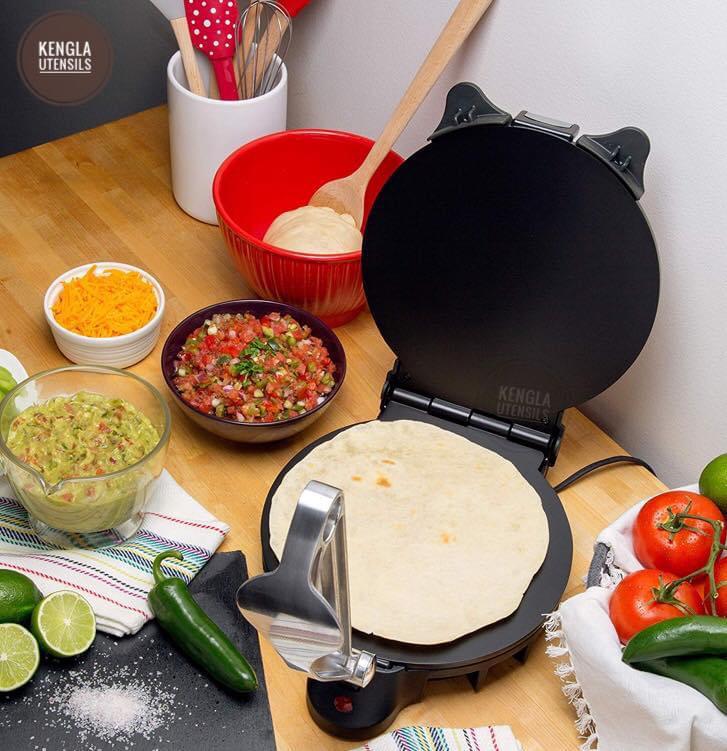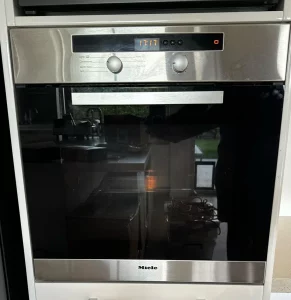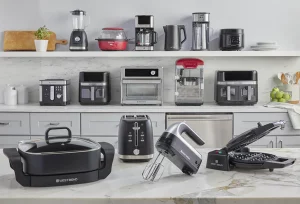Is owning a chapati maker worthwhile? Perhaps you’ve been enticed by the convenience of a chapati maker, also known as a roti maker in India. This article aims to explore whether investing in one is a wise choice.
To replicate the delicious chapatis your mom makes, you have to master the dough making which is relatively easy and can be done with a stand mixer, but shaping it into chapati form remains a challenge.
The combination of a chapati maker and a stand mixer essentially automates the process, requiring minimal effort to produce chapatis.
Do you Need a Chapati Maker?

Determining the necessity of a chapati maker depends on the number of chapatis you’re preparing.
If it’s just for you and another person, the investment may not be justified, as it primarily benefits those making larger volumes.
While it speeds up the process and reduces the tedious task of rolling, it’s more efficient when catering to multiple individuals.
However, if you dread the chore of making chapatis, then a chapati maker could be a worthwhile investment. Yet, after assessing various brands and finding none that consistently produce tasty chapatis, I opted for my chapati hand-making skills.
Handcrafted chapatis will always taste better; automated cooking processes cannot replicate the authenticity of handmade food.
Why You Dont Need a Chapati Maker
While chapati makers excel at rolling out perfectly round and evenly cooked chapatis, they often fall short in replicating the texture and appearance achieved through traditional cooking methods.
Unlike chapatis cooked on a cast iron pan or tawa, which develop golden-brown patches and a slightly crispy exterior, chapatis made in chapati makers may lack the same visual appeal and texture.
These golden-brown patches not only enhance the aesthetic appeal of the chapatis but also contribute to a more flavorful and satisfying eating experience.
Therefore, while chapati makers offer convenience and consistency in shaping, they may not yield chapatis with the same appetizing appearance and texture as those cooked on a cast iron pan.
Again, they are an extra single purpose appliance that clutter your kitchen if you care more about organization ans minimalism
Also, when making chapatis by hand, you have the freedom to adjust the thickness and texture of the dough according to your preferences, unlike with a chapati maker where you really cant control the resultant thickness with ease.
How Does a Chapati Maker Work?
Chapati makers operate on a simple yet efficient mechanism to produce evenly cooked chapatis with minimal effort. Here’s a breakdown of how they work:
1. Pressing Mechanism
Chapati makers usually have a pressing lid that applies gentle pressure to the dough ball placed on the cooking surface.
This pressure helps flatten the round ball of dough into thin, round discs, similar to the traditional method of rolling chapatis by hand. It does this effortlessly, and efficiently and achieves better consistent results than hand rolling.
So the pressing and shaping of chapatis is the only thing a chapati maker does better than if you were to roll by yourself manually
2. Cooking Process
Chapati makers utilize a heating element beneath a non-stick cooking surface to distribute heat evenly. At the same time, adjustable temperature controls allow users to tailor the cooking temperature to their preferences and dough types.
Once the dough is placed on the surface and pressed, the chapati maker cooks the chapati from both sides simultaneously, ensuring uniform cooking.
Indicator lights signal when the appliance is preheated and ready for use, fostering optimal cooking conditions.
To improve safety, chapati makers often feature heat-resistant handles, automatic shut-off mechanisms, and overheat protection, mitigating the risk of accidents and ensuring a secure cooking experience from start to finish.
How to Hand-Roll Perfect Chapatis
Perfecting the art of rolling round chapatis is crucial. Chapati makers may seem redundant, as achieving roundness is achievable with the right technique.
Using a wooden rolling pin, sprinkle flour on the pin, coat the dough ball in flour, flatten it with your fingers, and begin rolling with minimal force.
The chapati should move clockwise on the platform, and your motion should be up and down with a slight angle.
If it sticks, your dough is too watery, so add more flour. Consistency and patience are essential to achieving perfectly round chapatis.




